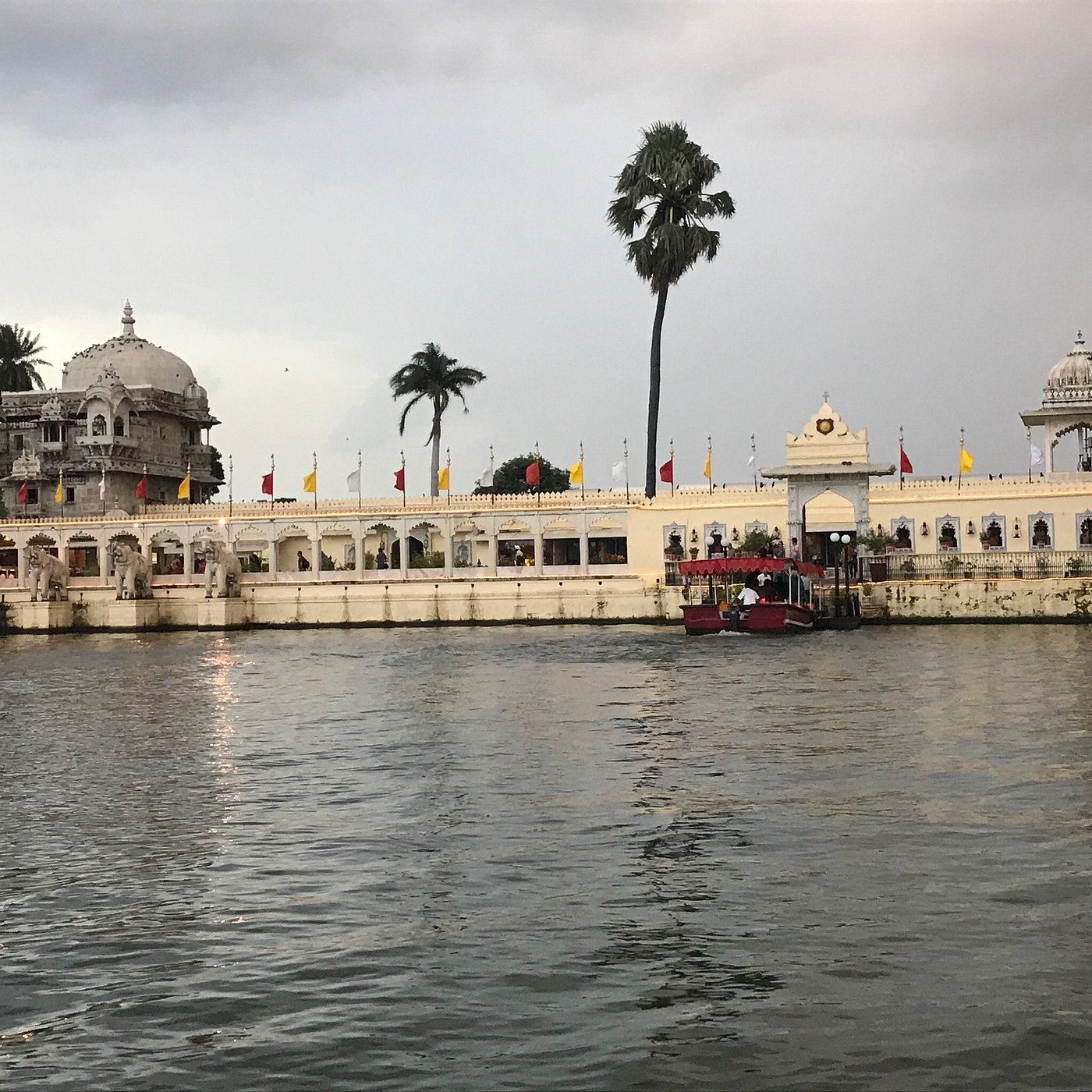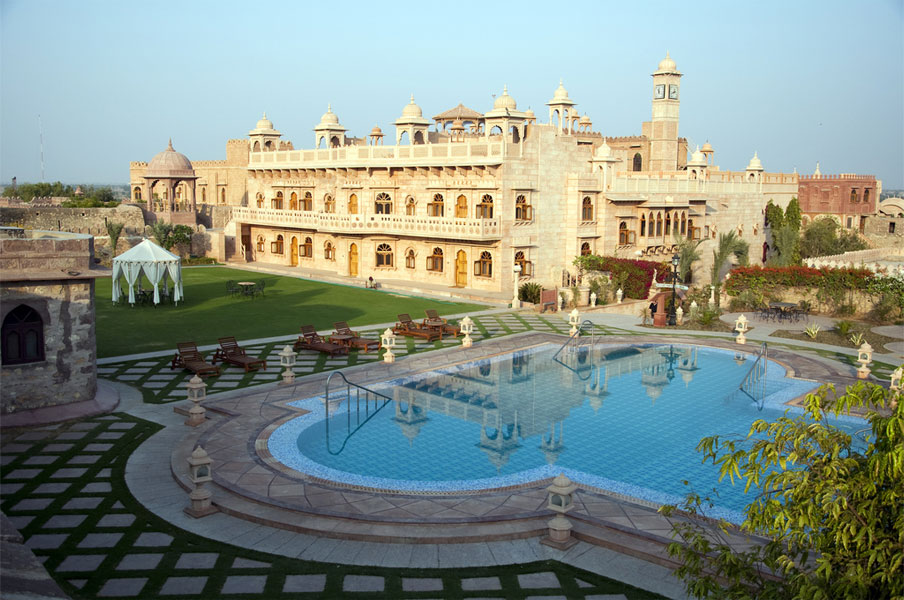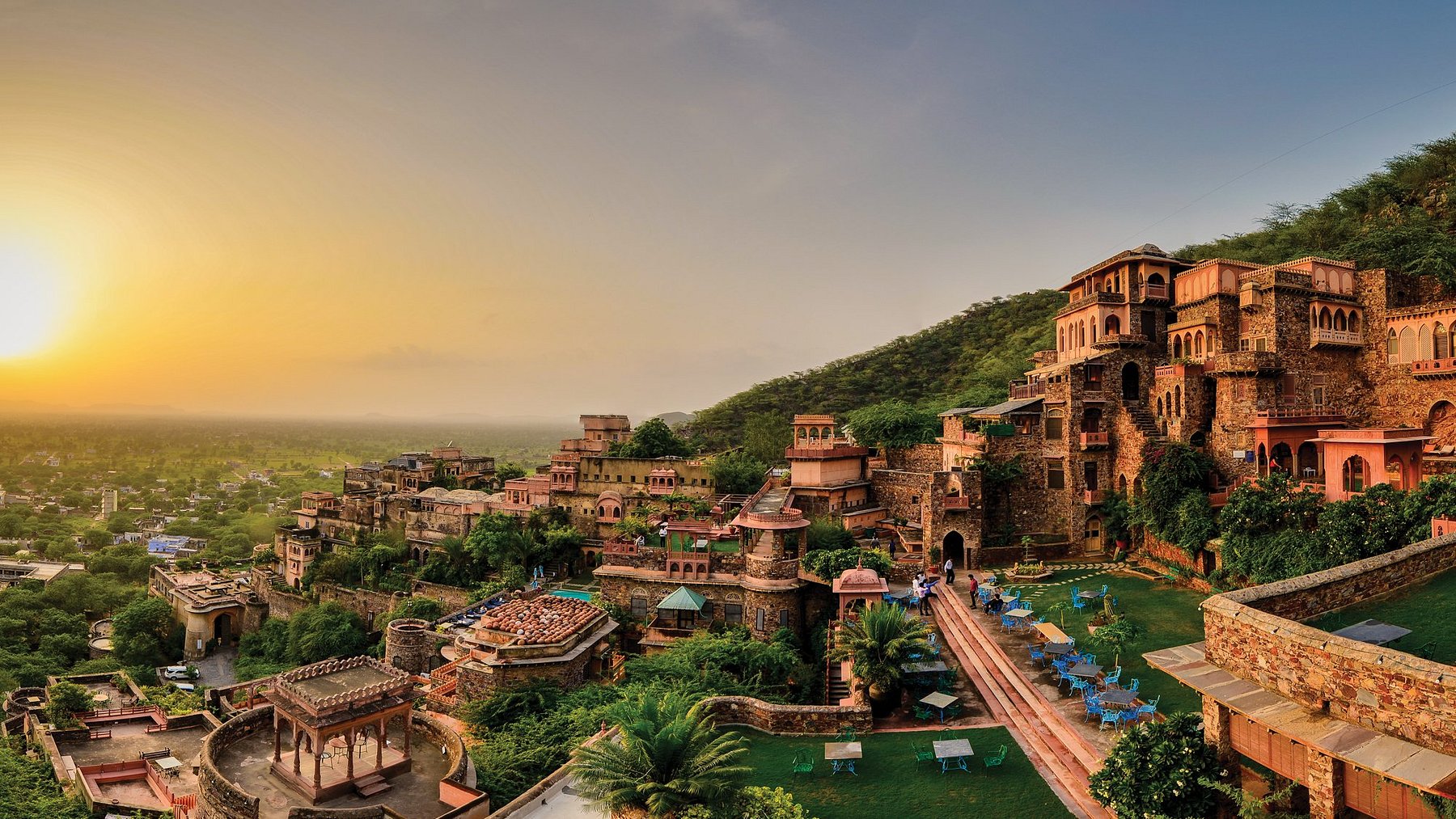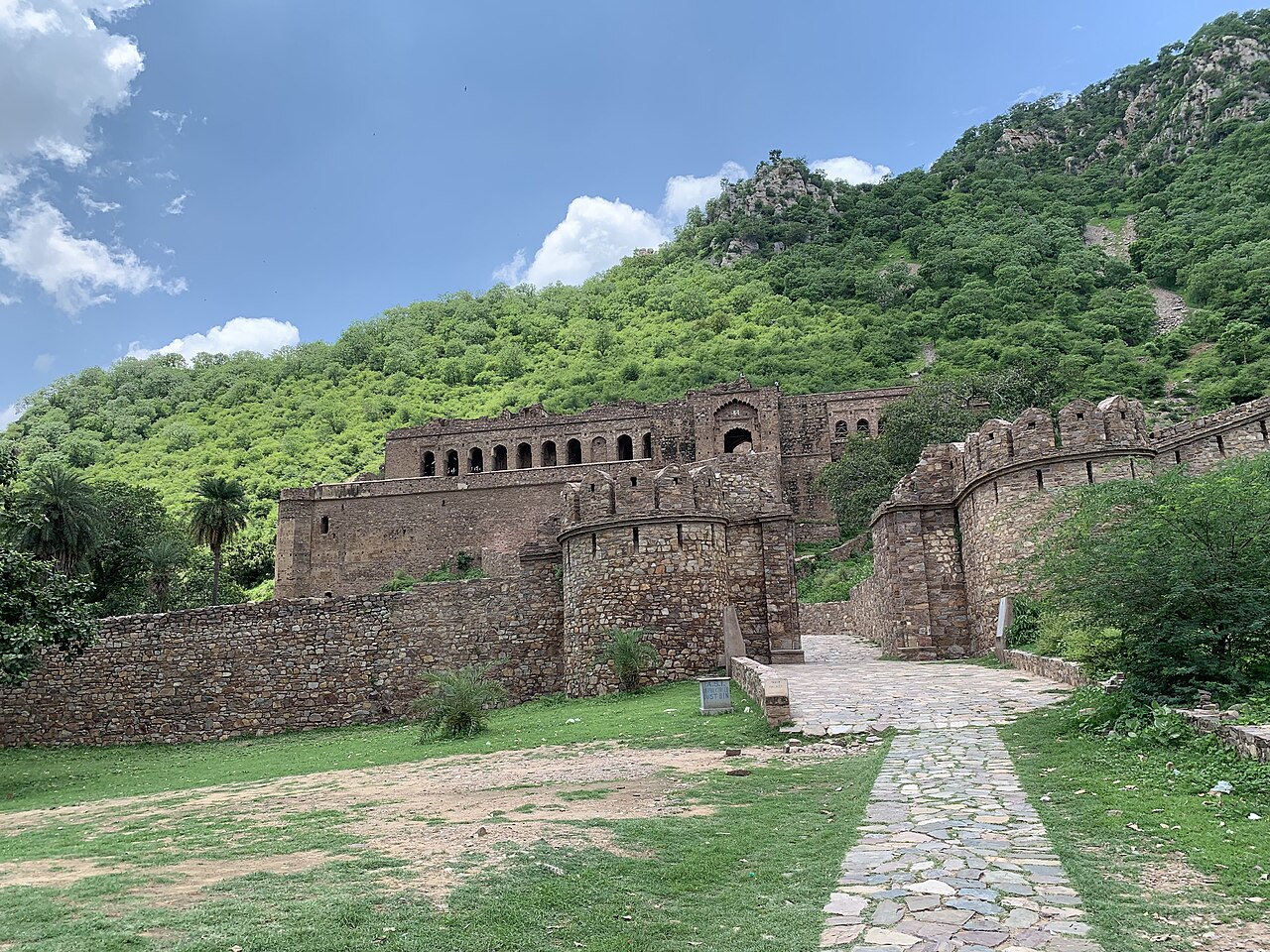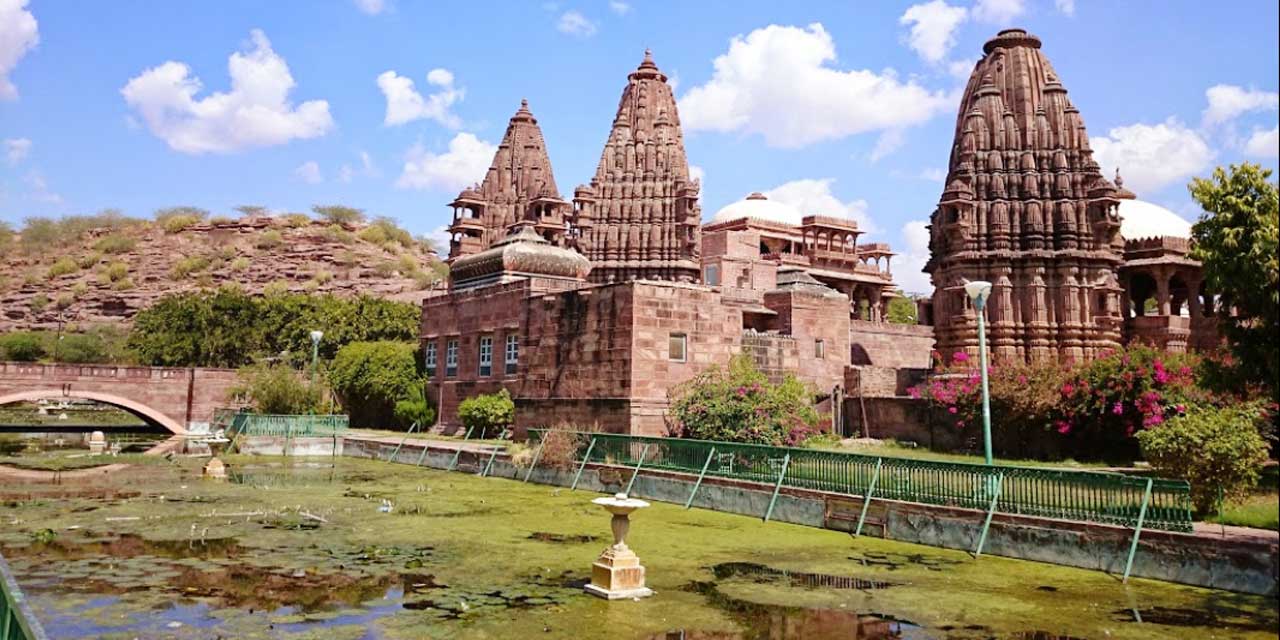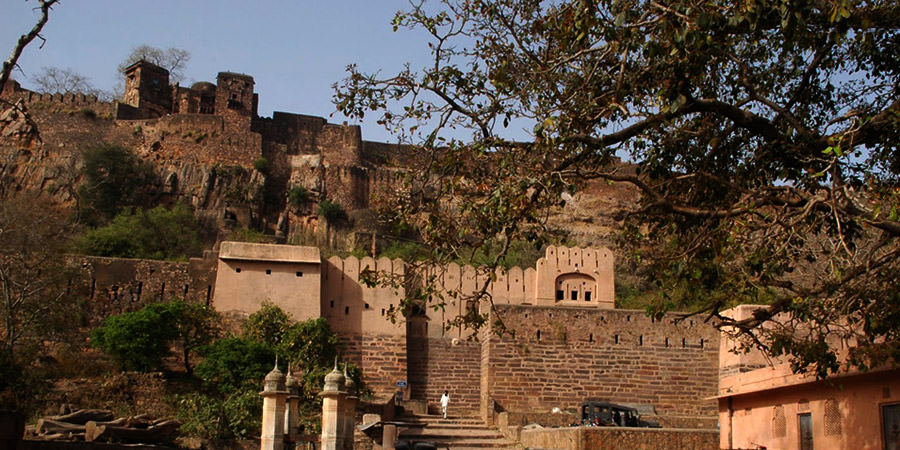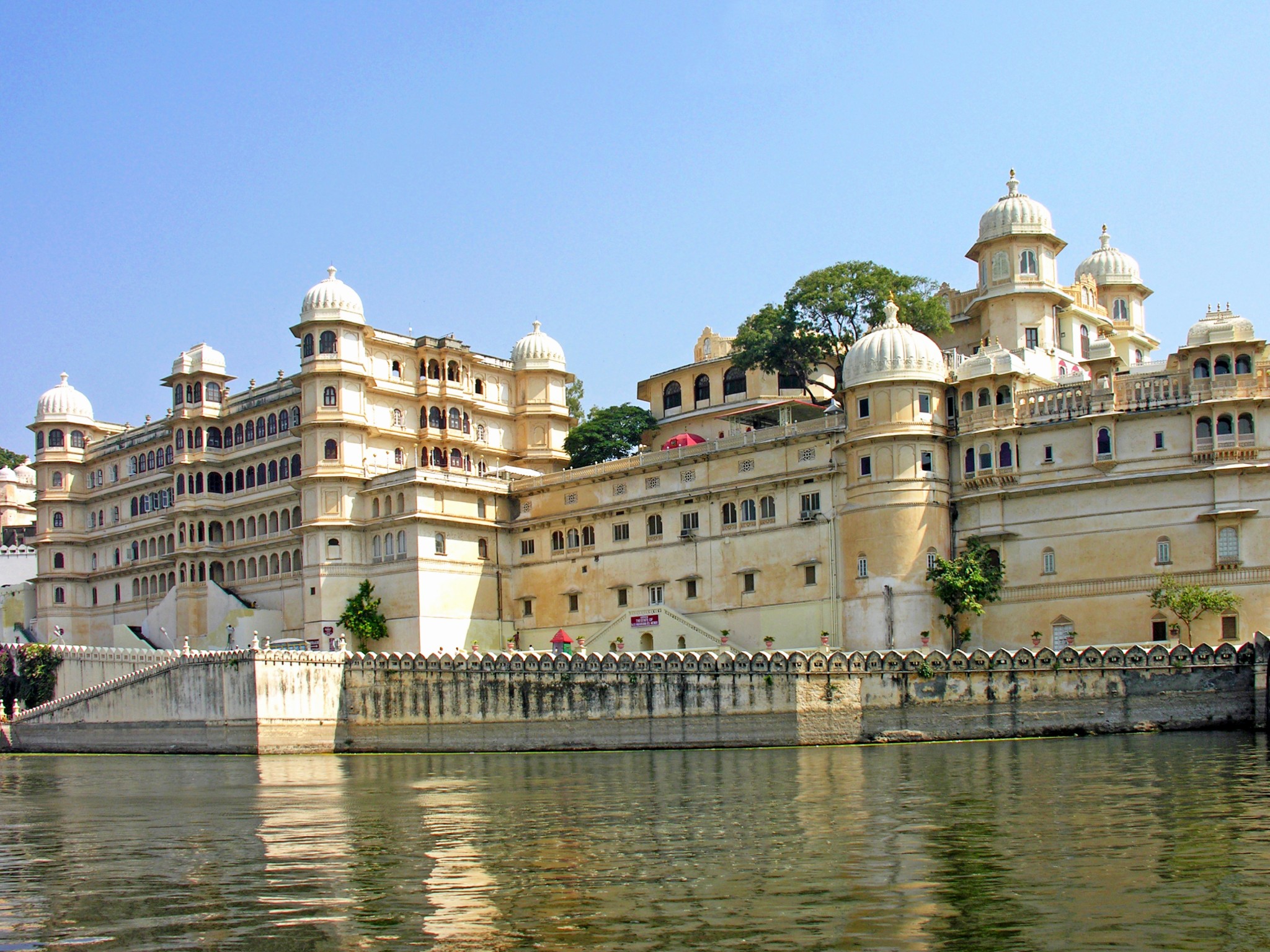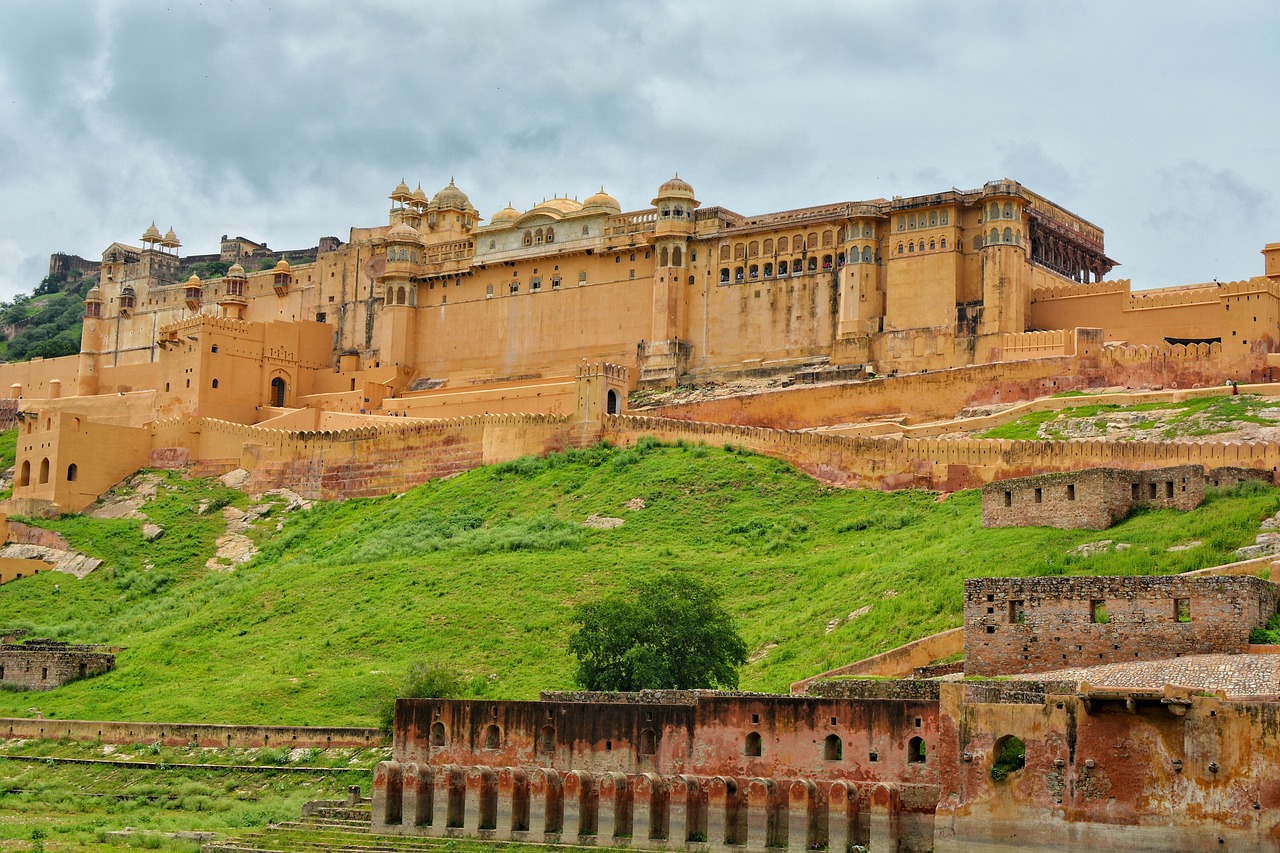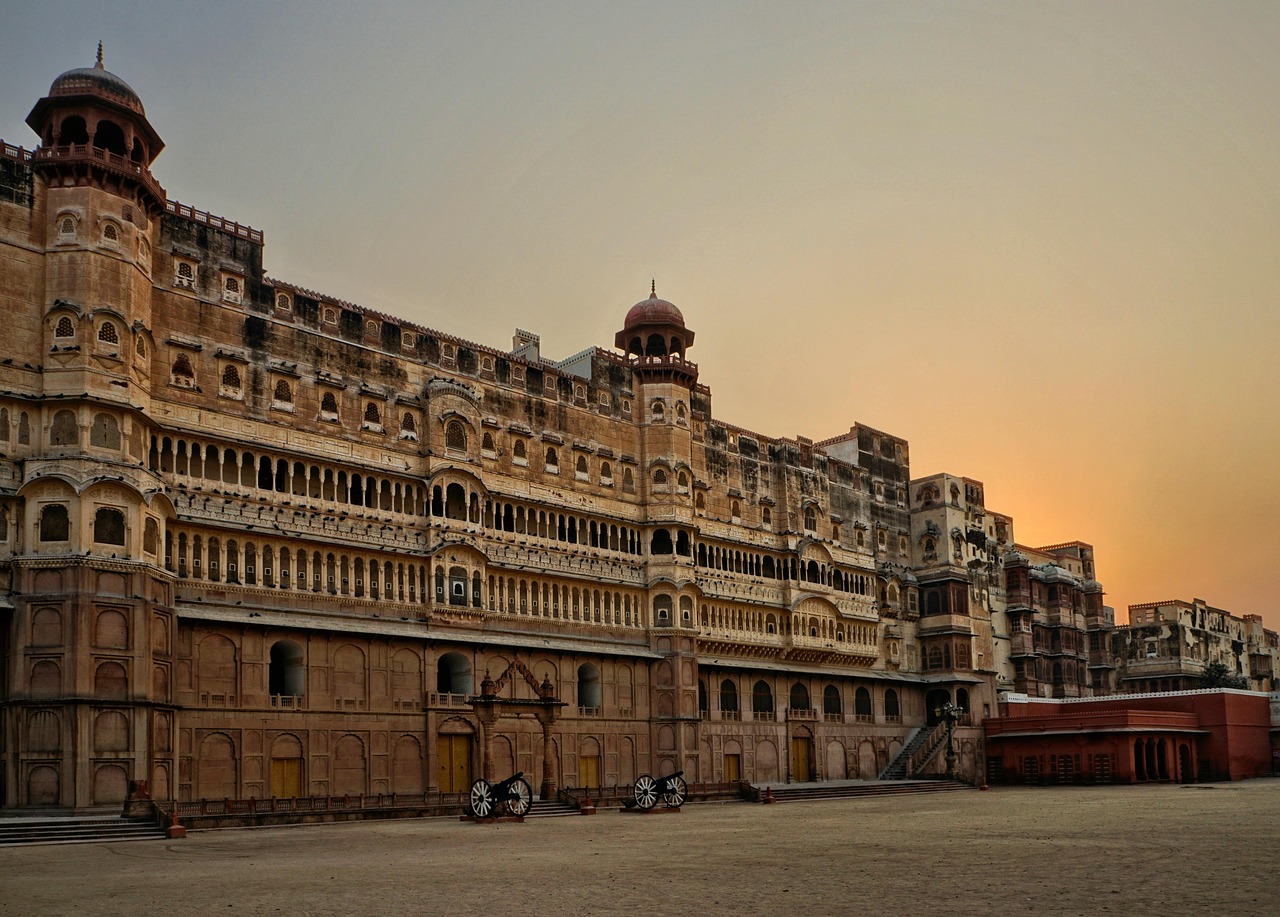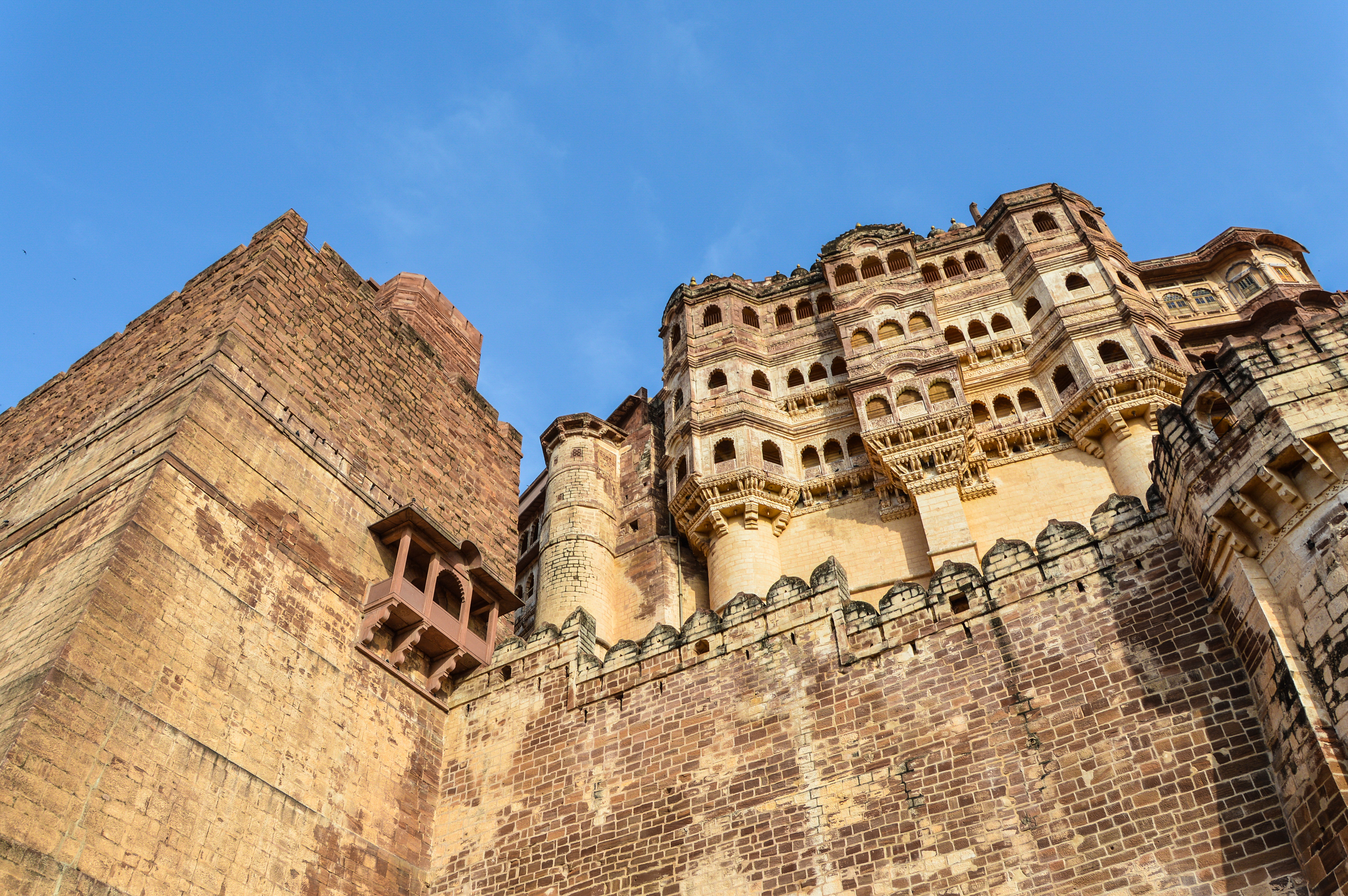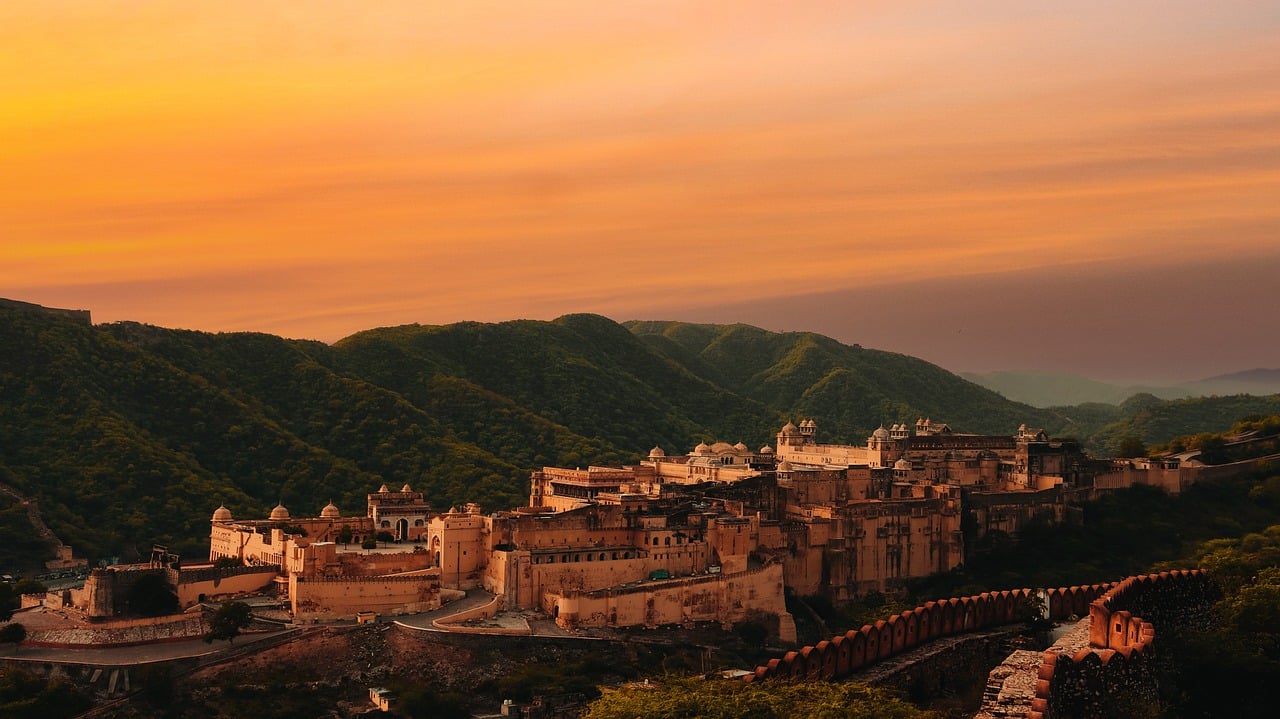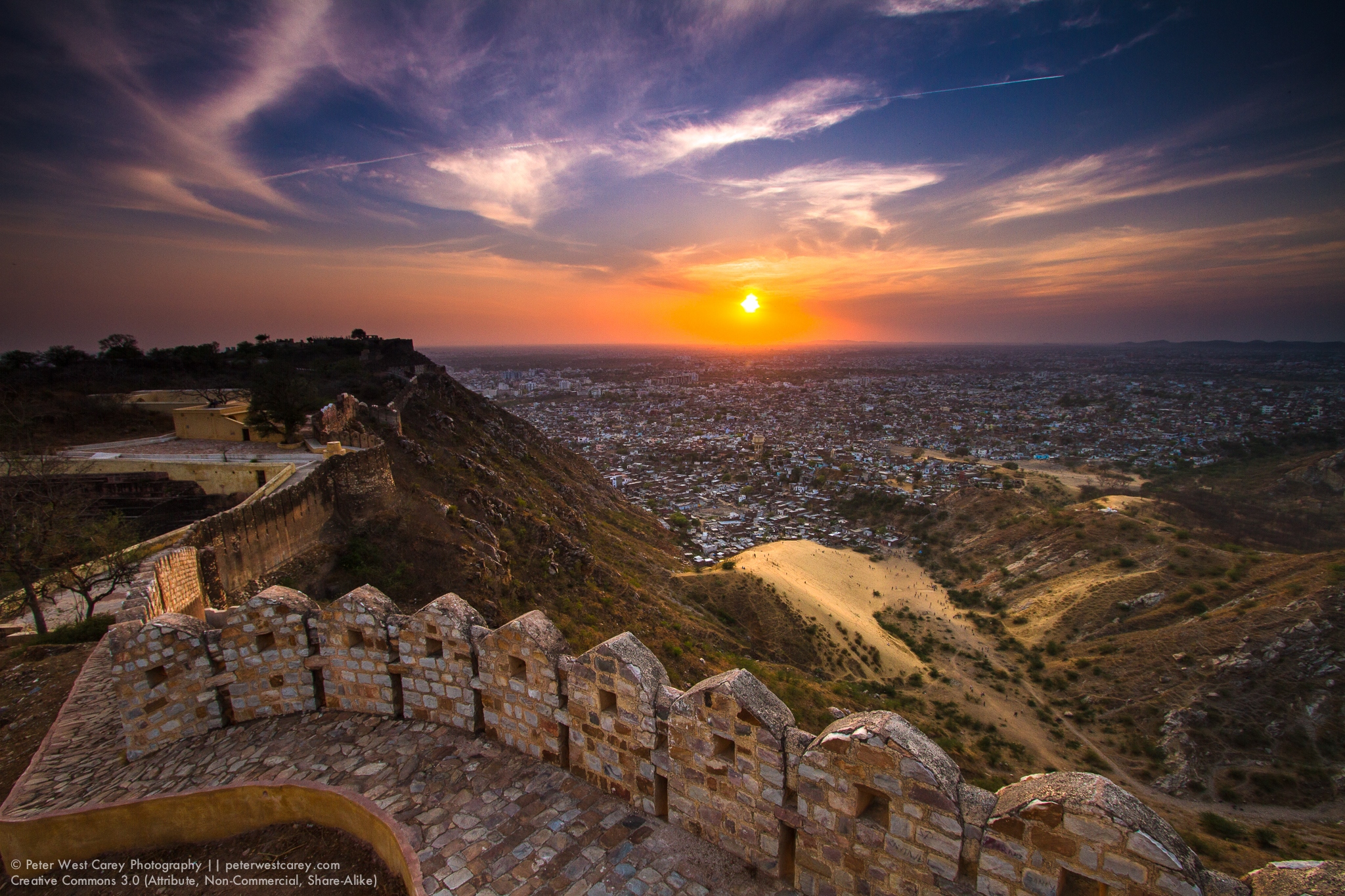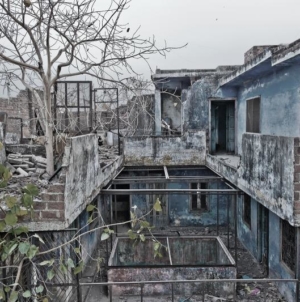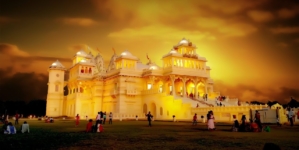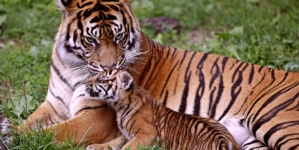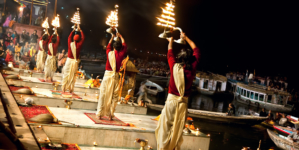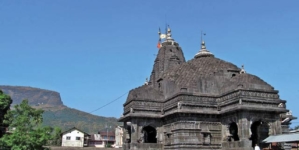Tripura is the third smallest state with the population of 36.6 lakhs. It is situated in the northeast and is bordered to west, north, and south. On the Bangladesh border, lies the capital of Tripura- Agartala. There are almost 19 tribes and the majority is Kokborok and Bengali speaking. 87.8% literacy is prevailing in this state. Forest cover major part of the state, cane tracts and bamboo are common. Primate species are found in the large number in all over India. Tripura experiences heavy rainfall that enhances the beauty of this place.

Contents
Climate of Tripura
April and May are considered to be the warmest months with the temperature of 33 degree Celsius temperature at maximum and 23 degree Celsius temperature at a minimum.
January is the coolest of all months with temperature ranging from 10 degree Celsius to 25 degree Celsius. Hilly regions of Tripura experience cold weather during all the months.
Months of June and September experience rainfall of about 2,000 mm. The central Tripura experience most of the rainfall and the southwestern part gets the least rainfall.

October to February is the best time to visit Tripura.
Flora and Fauna
A major part of Tripura land is covered by forest. The prominent tree in the forest of Tripura is Sal that is considered to be tropical hardwood. There are large stretches of bamboo that are considered to be prevalent to Tripura.

Tripura preserves a large variety of animals including elephants, leopards, wild dogs, jackals, and other breeds of wild cattle including gaurs and gayals. Langurs, gibbons and other breeds of primates, dwell in the woods of Tripura. The valley of Tripura is visited by migratory birds like storks, teals, and ibises. Wildlife sanctuaries preserve the flora and fauna of Tripura.

Population Structure
The population of the state covers the major ratio of Scheduled Tribes and Scheduled Castes. Tripura comprises a major part of the tribal community and other tribal groups are the Halam, the Lusai, the Reang, the Marma and the Garo, most of them are immigrants from neighboring hill stations.
Bangla is said to be Indo-Aryan language that is spoken by the large population. Kokborok is a Burman- Tibeto language and Bangla are the official languages of Tripura. The majority of people residing in this state are the follower of Hinduism and largest minority is constituted by Muslims. Christians are part of small minorities among tribes. Mogh and Chakma are the followers of Buddhism.
History of Tripura
The two periods registered in the Tripura history- the legendary era mentioned in Rajamala, that mentions the chronicle of early kings and the era of the mighty king Dharma. The Rajamala is described in Bengali rhyme, assembled by Brahmans. During the time of King Dharma, Tripura was extended over Assam, Myanmar, and Bengal in remarkable defeats.
In the year 1765, East India Company conquered Bengal’s financial administration that was once under the control of Mughal rule. Bir Bikram Kishore Manikya was the last ruler of Tripura, he ascended in 1923 and in 1947, the throne was left and he made a consent to independent India. In 1980 Tripura went under ethnic violence for liberated tribe homeland.
Culture of Tripura
The broader aspect of cultural societies comprises Bengali speaking and Hinduism followers, whereas the minority of Muslims follow the culture of Bangladesh. Each tribal community possesses its own folklore, festivals, dance, and music.
Garia and Kharchi Puja are the major festivals of Tripura. The festival of 14 Gods or Kharchi Puja is celebrated as major festival celebrated by nontribal as well as tribal people within the Hindu framework; in the month of July, it is celebrated in Agartala to honor the Earth and the Gods. Garia is the festival of the native population, it is celebrated to plead for the fruitful agricultural year in the month of April.

Places To Visit in Tripura
Jampui Hills

It is well-known as eternal hills, these hills completely justify their name. The pleasant climate all year long is offering plentiful chances to break the weariness and relish the beauty of this fascinating place.

Gondacherra Wildlife Sanctuary
The highly untainted enchanting sanctuary that preserves the habitat of large species of plants and animals. Tigers, wild horses, bison, migratory birds and aquatic life are seen here.

Jagannath Temple
Within the Ujjayanta Palace, the Jagannath Temple has been built that is carved to beautify the capital city, Manikya. The interiors of the temple are ornamented with Hindu magnificence and exteriors are built in the Islamic style.

Chittagong Hills
The quaint sight of these hills throbs each and every heart. There are varied mini mountains along with seven rivers winding across the valley.

Ujjayanta Palace
It was one of the royal palace, located in the crowded city, Agartala. This palace was built years back in 1901 and Rabindranath Tagore gave the name ‘Ujjayanta Palace’ to this palace. It has fascinating doors, curved ceilings, and magnificent floors.
Famous Food of Tripura
Panch Phoron Tarkari
The smell of this recipe makes you aware of the Bengali tradition and will boost your taste buds. Panch Phoron is said to be the Bengali spice that is the perfect mix of species and that justifies the name of this dish. The delightful vegetarian dish cooked with many vegetables like potatoes, brinjal, pumpkins and add ups like Green chili, Bay leaves can be added. Parantha and Puri are relished with the yummy dish.

Bhangui
Rice is the essential aspect of Tripurian diet and this dish is the great combination of meat lovers. This delightful rice dish is prepared in onion, ghee, and ginger. To preserve the nutrients of rice, this dish is cooked in banana leaf that brings the great aroma to this dish. This dish is the perfect choice for the lovers of fish, meat, and rice.
Mui Borok
The lovable and traditional dish of Tripura that is tenderly cooked by people. Berma is the major ingredient found in the Tripurian plate, it is fermented fish that is favorite of Tripurians’. This dish is cooked in the absence of any oil that makes it considerably very healthy. It is one love for foodies as the spicy flavor of it enhance the taste buds.
Mosdeng Serma
The traditional dish to enhance the taste of the meal. The tangy tomato chutney flavors of Mosdeng Serma is cooked with red chili, garlic and berma to add yummy essence to the dish.

Kasoi Bwtwi
This delectable dish is cooked with or without fermented fish. This dish is prepared using green vegetables, berma, green chilies, garlic cloves, French beans and many other elements that add taste and health aspects to the dish. Tripuri people are great foodie and know the real taste, they add Khundrupui leaves to boost the flavor to enhance taste buds of their tongue.
Shopping City- Tripura
The tempting experience of shopping and hustle and bustle of the market is worth being explored. One can shop cane and bamboo products famous at Tripura. The Tripura tribes hold expertise in handloom products and weaving fabric. The tribal ornaments are an attraction to the shoppers.
Street Shopping is highly preferred in Tripura because of reasonable prices. The handicrafts are the beautiful attractions, these are crafted of palm leaves, cane, and bamboo. One can go for wide choices of handicraft products such as lampshades, décor, beautiful baskets, etc. The well-known shops for handicrafts such as Akhaura and Mohanpur Road. The pottery work is also the beautifully crafted articles from markets of Tripura.

For fashion freaks, Agartala is the best spot to visit as the weaving of Tripura impacts the calmness and traditionalism of this city. Handlooms are the perfect mix of the ethnicity of Tripura and great shades add to the beauty of the garments. For affordable shopping and best offers one must visit “Tantumita Emporium” and if you want to splurge money on garments then for merchandise places like Shakuntala Road and Akhaura Road. The fascinating business center must be visited to explore the wide variety of products ranging from footwear to garments offered by the city center of the state. For all sorts of basic things, one must explore the shopping networks of Tripura such as Bazaar Kolkata and Ghar Sansar.
Facts and Figure About Tripura
- Kirat Desh was the old name of Tripura.
- Hill Tiperra and Tiperra Distrit were the two regions in which this state was divided, during British rule.
- It is surrounded by Mizoram on east side and Assam on the northeast side.
- It has fifth longest international border amongst all the Indian states situated on the border.
- NH44 road is the only single road connected to other states.
- Chief resource of Tripura is Natural Gas.
- Single largest producer of handloom weaving.
Facts about Government of Tripura
- Capital- Agartala
- Chief Minister- Biplab Kumar Deb
- Governor- Tathagata Roy
- Chief justice of high court- T. Vaiphei
Facts About State Symbols
- Official Language- Bengali and Kokborok
- Area- 10, 486 km
- Population- 36.6 Lakhs
- Literacy Rate- 87.7%
- Major agricultural products- Sugarcane, Rice, Tea, Jute, Potatoes, and Rubber
- State Dance- Lebang Boomani
- State Bird- Green Imperial Pigeon
- State Animal- Phayre’s Leaf Monkey
- State Flower- Mesua Ferrea
How To Reach Tripura
By road
Teliamura is 44 km and Manu is 109 km away from Agartala and is well connected by roads.
By train
Kumarghat is the nearest railway station from Agartala city center.
By air
Capital of state, Agartala has an airport that is a relief for tourist to reach this fascinating place.
Map of Tripura


